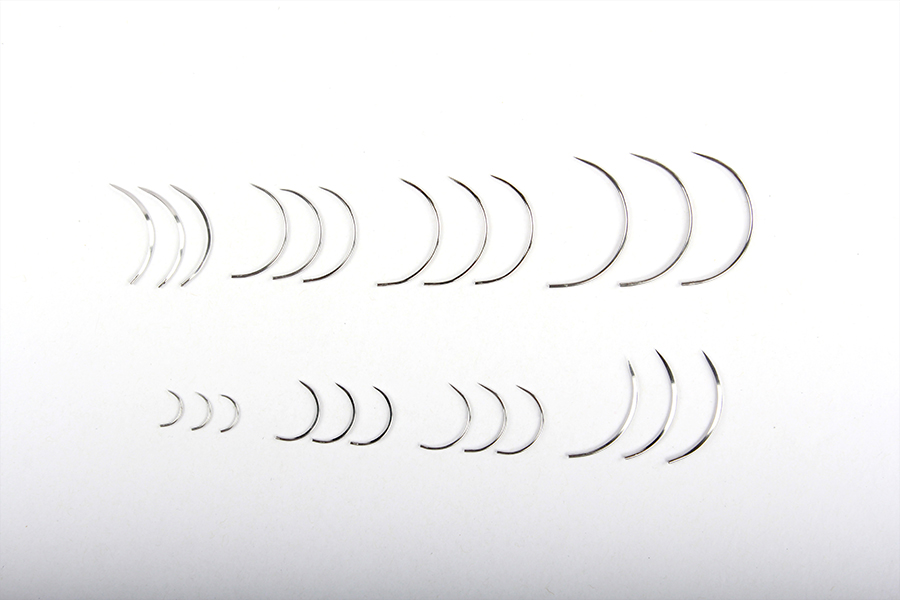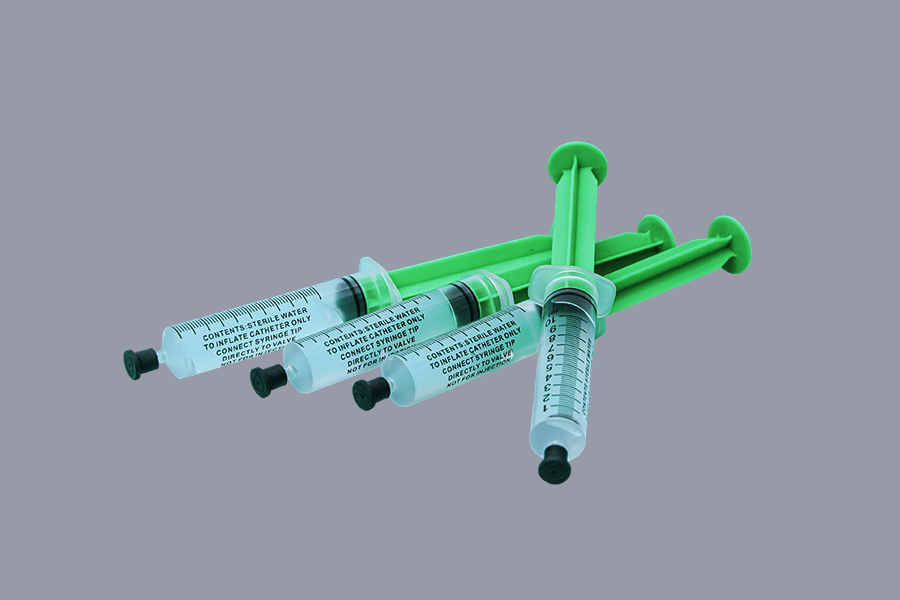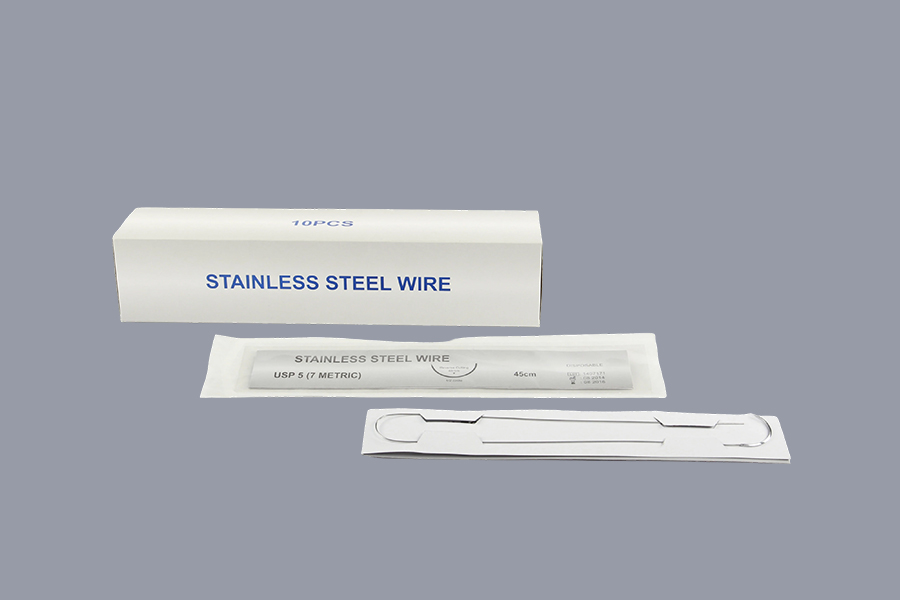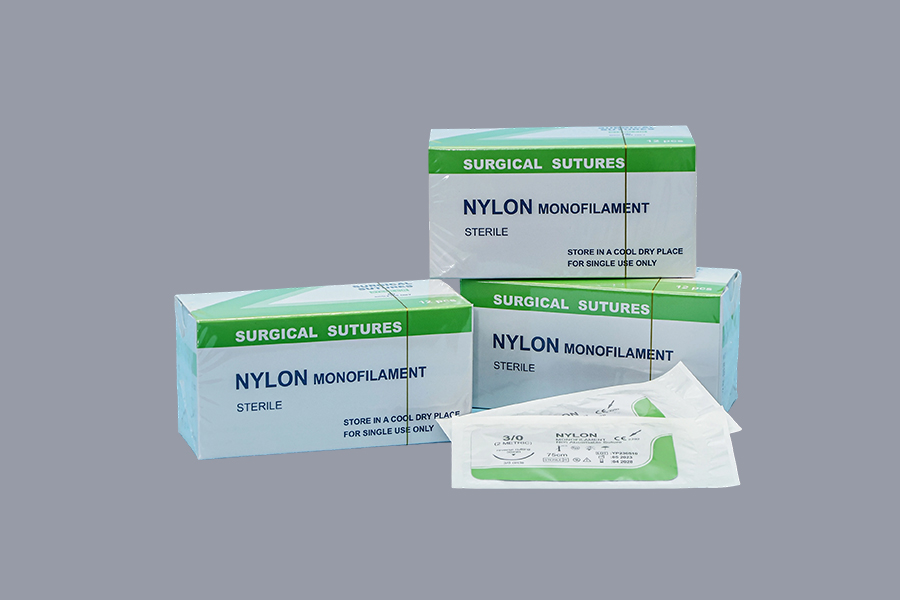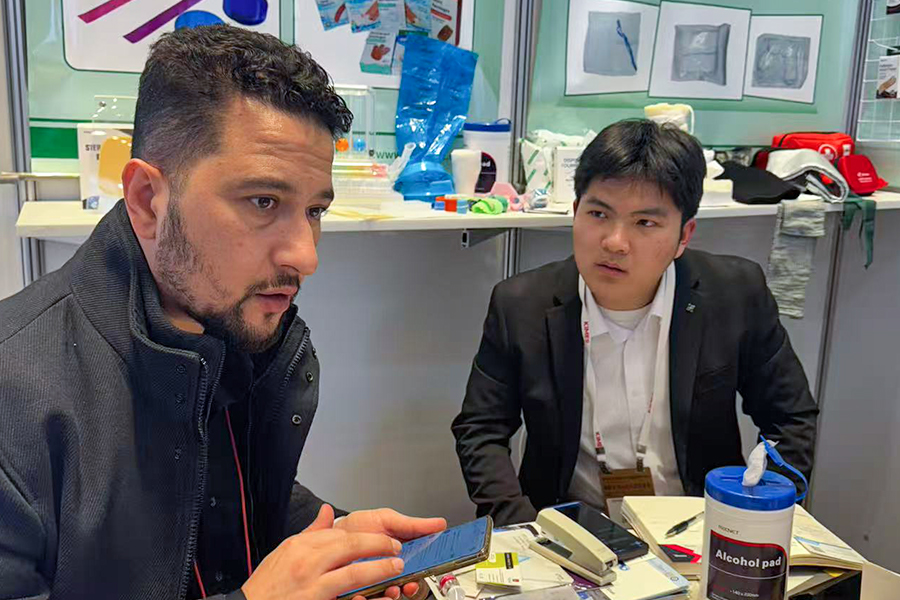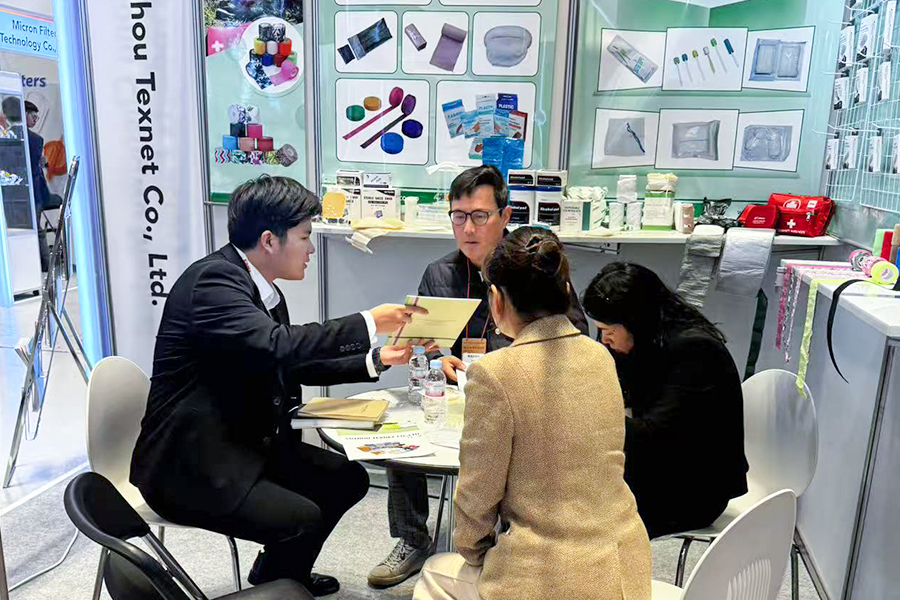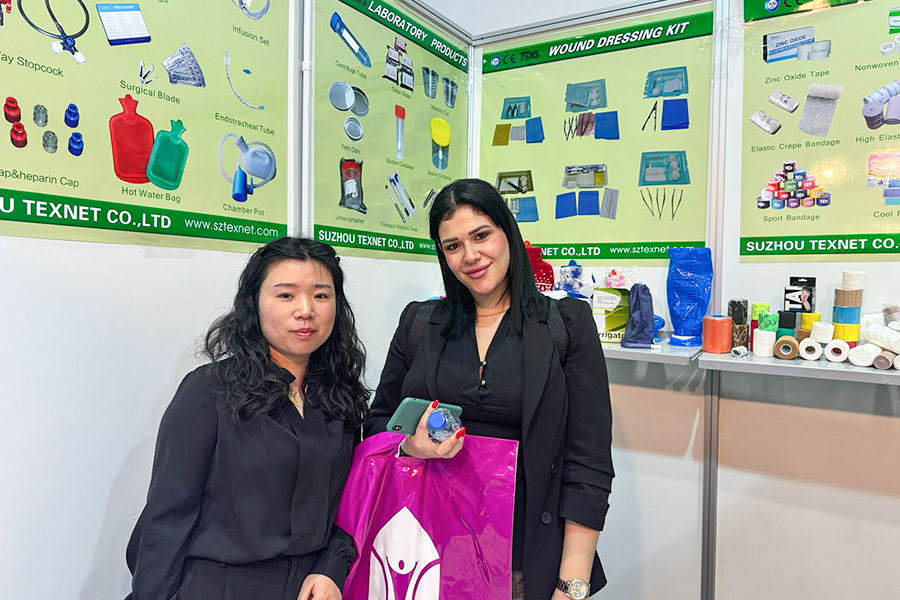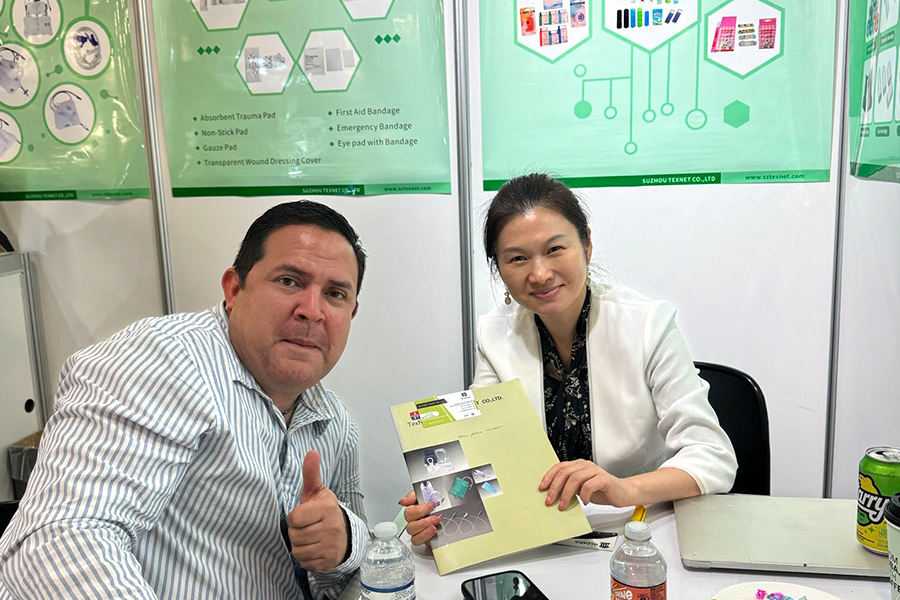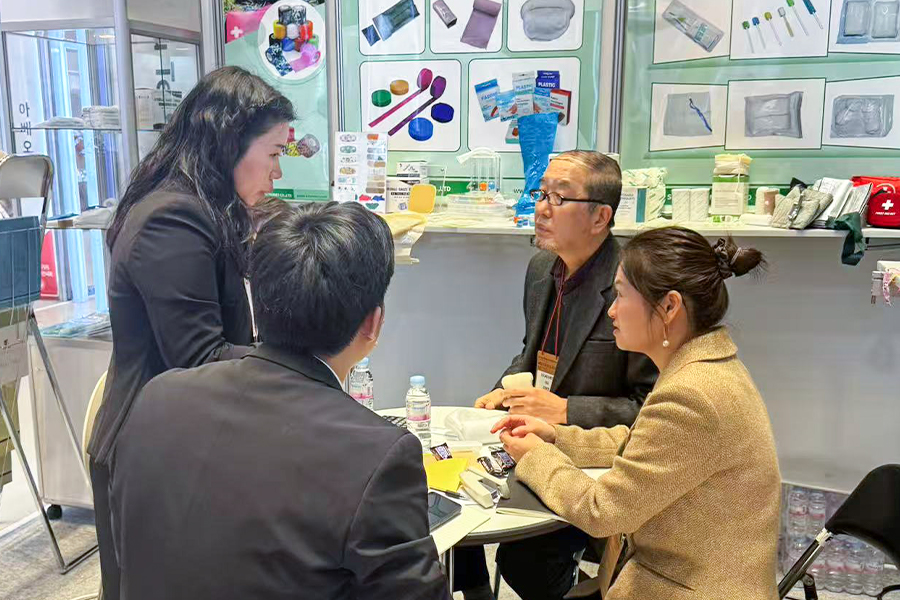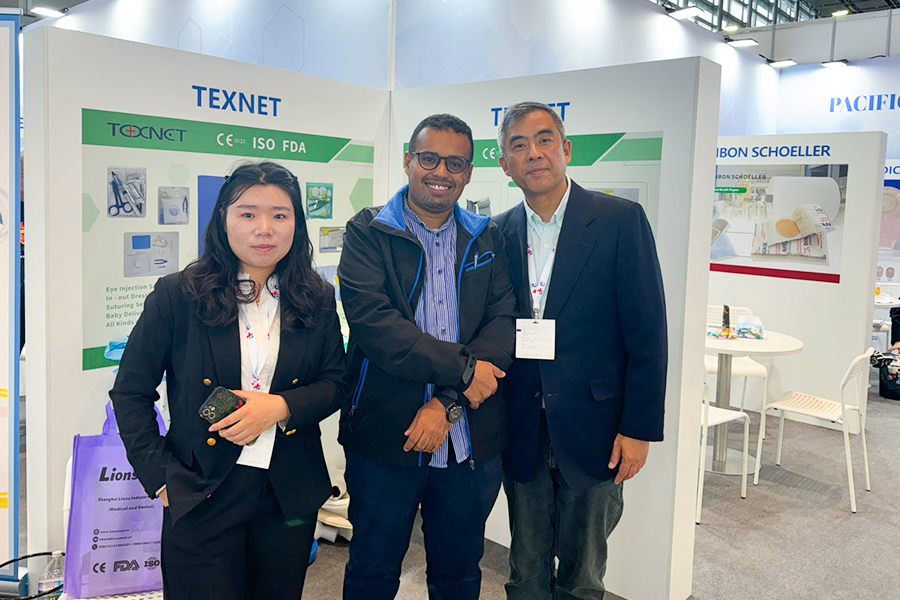
- Bandages
- Medical Tapes
- Cotton Products
- PPE Products
- Urology&Feeding Products
- Gauzes
- Procedure Kits&Dressings
- Catheters
- Surgery&Nursing
- Surgical Instruments
- Surgical Sutures
- Surgical Needles
- Surgical Blades
- Blood lancets
- Electrosurgical Pencils
- ECG
- Nasal cannulas
- Oxygen masks
- Nebulizer masks
- Venturi masks
- Spirometer
- Syringes
- Infusion sets
- IV cannulas
- Sharp boxes
- Three way Stopcocks
- Heparin caps
- Forceps
- Guedel Airways
- Light covers
- Tourniquet covers
- Lurbricant Jelly
- Lab Consumables
- Oral Care&Cleaning Products
- Sports Support
The Essential Guide to Centrifuging Tubes: Timing, Techniques, and Best Practices"
Centrifugation is an essential laboratory technique used across a wide variety of disciplines such as clinical diagnostics, research, and biotechnology. The process involves spinning samples at high speeds to separate components based on their densities. Tubes must be centrifuged at the right time and under specific conditions to ensure accurate results. Here’s a deep dive into the subject to help you understand when, why, and how to centrifuge tubes effectively.
1. What is Centrifugation?
Centrifugation is the process of applying centrifugal force to a sample in order to separate its components. The force causes denser components to move outward, while lighter components remain closer to the center. The most common applications involve separating liquids and solids, like plasma from blood, or separating cells from culture media in research settings.
2. When to Centrifuge Tubes?
Centrifugation isn’t something that should be done at arbitrary times. It needs to occur under certain circumstances or specific types of preparation to ensure sample integrity. Below are common scenarios when tubes should be centrifuged:
a. Separation of Blood Components
Plasma and Serum Extraction: Blood is typically centrifuged shortly after collection to separate its components. Plasma is separated after blood is collected in tubes with anticoagulants, while serum is collected after coagulation (without anticoagulants). If tubes with blood are left standing too long, clotting can occur, leading to an inaccurate sample.
When to centrifuge: Blood should generally be centrifuged within 2 hours of collection. Delays can cause clot formation and degradation of cellular components.
b. Cell and Supernatant Separation
Cell Culture and Research: When working with cultured cells, centrifugation is required to separate cells from the culture media. For example, cells can be pelleted to harvest proteins, RNA, or DNA.
When to centrifuge: Centrifugation of cell cultures is performed when the culture reaches confluence or after adding substances (e.g., drugs or stimulants) to the cells. It’s critical to centrifuge at the appropriate time to avoid unnecessary stress on the cells, which could compromise their viability.
c. Clarification of Samples
In many biological and chemical analyses, particulate matter must be removed from solutions to clarify samples for analysis.
When to centrifuge: Typically, after sample collection or if particles (e.g., precipitates, tissue fragments) are present in solution.
d. Purification of Biological Molecules
Centrifugation is a key step in purifying proteins, nucleic acids, and other biological molecules. Ultracentrifugation can separate particles at the subcellular or molecular level.
When to centrifuge: This step should be done immediately after sample collection or after the precipitation of a molecule of interest.
3. How Long and at What Speed Should Tubes Be Centrifuged?
Once you’ve established that centrifugation is required, the next question is how long and at what speed you should centrifuge the sample. The correct conditions depend on the type of sample and what you are trying to separate.
a. Speed (RPM or RCF)
The speed is typically measured in revolutions per minute (RPM) or relative centrifugal force (RCF). RCF is more accurate for determining how much force is applied to a sample.
Low-speed centrifugation (e.g., for separating blood plasma) typically ranges from 1,000 to 3,000 RPM (about 1000 to 1500 x g).
High-speed centrifugation (e.g., for separating cells or organelles) may range from 5,000 to 20,000 RPM (about 3000 to 10,000 x g).
Ultracentrifugation (for separating macromolecules or subcellular components) can reach speeds above 50,000 RPM (about 100,000 x g).
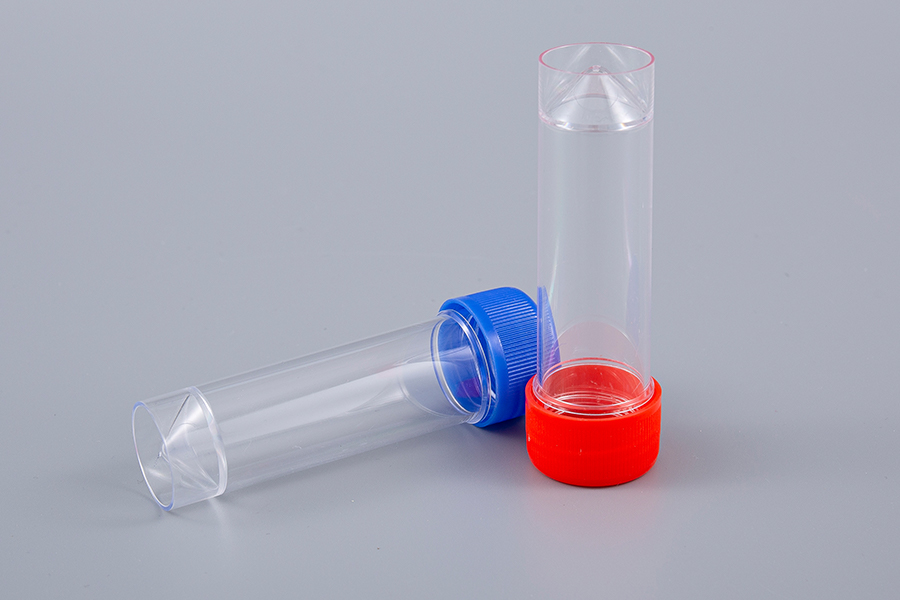
b. Time
The duration of centrifugation can vary, but it is generally in the range of 5 to 20 minutes.
Blood samples may be spun for 10–15 minutes.
Cell pelleting or protein precipitation might require 15–20 minutes at a higher speed.
c. Temperature
In some cases, temperature control is critical to prevent sample degradation. For example, blood and plasma samples are often spun at 4°C to reduce the risk of hemolysis or protein degradation.
Room temperature is fine for less sensitive samples like some chemicals or small particles.
4. Factors to Consider Before Centrifugation
Several factors affect the outcome of centrifugation and must be considered to ensure your samples are processed correctly.
a. Type of Sample
Biological samples (e.g., blood, cells, tissue) have different densities and physical properties than chemical solutions or particles. For biological samples, choosing the correct tube material and additives is crucial. For example, certain tubes contain anticoagulants for blood processing, and some can resist the temperature and pressure of higher-speed centrifugation.
b. Centrifuge Tube Size
The size of the tube impacts the optimal speed and force for centrifugation. Larger volumes may require slower speeds for an efficient separation, while smaller volumes can be centrifuged at higher speeds.
c. Sample Viscosity
Highly viscous samples may require a longer centrifugation time or a slower speed to avoid damage to the sample. Additionally, specialized tubes with higher resistance to centrifugal forces may be necessary.
d. Centrifuge Balance
It's crucial that tubes are balanced in the centrifuge. Tubes with similar volume and type of content should be placed opposite one another to avoid imbalances that can damage the machine and compromise the quality of the separation.
5. Best Practices for Centrifugation
Pre-chill Centrifuge for Sensitive Samples: For blood, plasma, and certain proteins, pre-chilling the centrifuge to 4°C can reduce sample degradation.
Avoid Overfilling Tubes: Tubes should be filled to the recommended volume (usually 75% full) to prevent leakage or ineffective separation.
Don’t Over-Centrifuge: Prolonged or excessive centrifugation can damage fragile particles, cells, or molecules, so follow recommended times and speeds.
Mix Samples Gently Before Centrifugation: Especially for biological samples, ensure that they are thoroughly mixed before centrifuging to avoid uneven sedimentation.
6. When NOT to Centrifuge Tubes
There are also scenarios where centrifugation may not be appropriate:
For Tubes with Heat-Sensitive Samples: Some samples degrade when exposed to high speeds or prolonged centrifugation times. In these cases, alternative separation methods should be considered.
When Samples Need to be Analyzed Immediately: Centrifuging can sometimes alter the composition of a sample, so if immediate analysis is needed (e.g., for certain tests), it’s important to weigh the trade-offs.
7. Conclusion
Centrifuging tubes at the right time and under the correct conditions is crucial for achieving accurate, reliable results. Whether you’re separating blood components, clarifying liquids, or harvesting cells and proteins, understanding when, how long, and at what speed to centrifuge is fundamental to your work. By adhering to established guidelines and best practices, you can ensure that your samples are processed effectively and with minimal loss of integrity.
-
Elevating Standards in Heal...
Medical Gowns: A Critical Component of Healthcare Protection Medical gowns are essential protective gear in healthcare, providing crucial barriers against contamination, bodily fluids, and infection. These garments are designed to protect healthcare professionals, patients, and surrounding environme...
-
Types of Gowning: Medical, ...
Overview: What “Types of Gowning” Means in Practice Gowning refers to the selection, use and maintenance of specialized clothing worn to protect people, products, or both. This article focuses on practical distinctions among the most common gowning categories — clinical/medical, cleanroom (pharmaceu...
Copyright © SUZHOU TEXNET CO., LTD.

The information provided on this website is intended for use only in countries and jurisdictions outside of the People's Republic of China.

 English
English Français
Français Español
Español Português
Português عربى
عربى